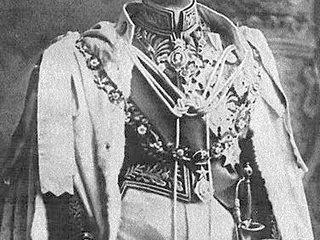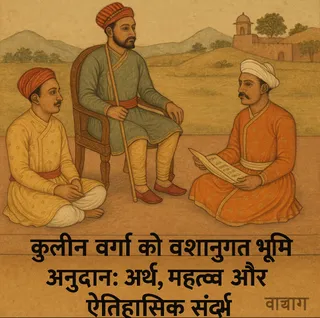The Salt Satyagraha, also known as the Dandi March, was a pivotal moment in India's struggle for independence from British rule. Led by Mahatma Gandhi in 1930, this act of civil disobedience challenged the British government's oppressive salt tax and became a powerful symbol of resistance against colonial oppression.
The Context: The British government imposed a heavy tax on salt, a staple in the Indian diet. This tax disproportionately affected the poor, who constituted the vast majority of the Indian population. The salt tax was seen as a symbol of British economic exploitation and a blatant disregard for the welfare of the Indian people. Furthermore, the government held a monopoly on salt production and distribution, making it illegal for Indians to produce their own salt, even for personal consumption.
Gandhi's Strategy: Gandhi masterfully used the salt tax as a focal point for his philosophy of Satyagraha – a form of nonviolent resistance. He saw the salt tax as a readily understandable issue that could unite Indians across class and caste divisions. The plan was to break the salt law by making salt, thereby directly challenging the British authority in a symbolic yet powerful way.
The Dandi March: On March 12, 1930, Gandhi, along with 78 volunteers, began the 240-mile march from Sabarmati Ashram to Dandi, a coastal village in Gujarat. This march was meticulously planned and became a powerful demonstration of nonviolent resistance. The marchers faced numerous challenges, but their unwavering commitment garnered widespread support and media attention, both domestically and internationally.
The Salt Law Violation: Upon reaching Dandi on April 6, 1930, Gandhi ceremonially made salt by evaporating seawater, defying the British salt monopoly. This act ignited a nationwide movement of civil disobedience. Millions of Indians joined the movement, making salt in defiance of the law. Women and men, from diverse backgrounds, participated, highlighting the broad-based nature of the resistance.
The Aftermath: The British responded with widespread arrests, including Gandhi himself. However, the Salt Satyagraha had a profound impact. It exposed the brutality of colonial rule to the world, galvanized Indian nationalism, and weakened the British government's authority. The movement demonstrated the power of mass civil disobedience and helped to further international sympathy for India's independence struggle.
Long-term Significance: The Salt Satyagraha proved to be a turning point in the Indian independence movement. It significantly increased support for the Indian National Congress, the main political organization campaigning for independence. It also highlighted the effectiveness of Gandhi's philosophy of Satyagraha, inspiring movements for social change and civil rights across the globe. The Dandi March remains a powerful symbol of courage, resilience, and the fight for justice and freedom.

































